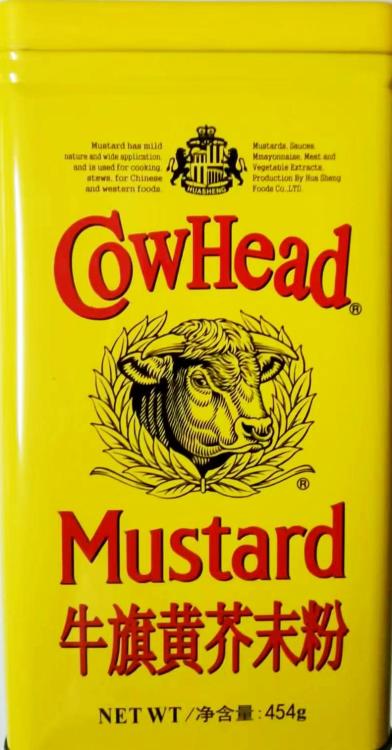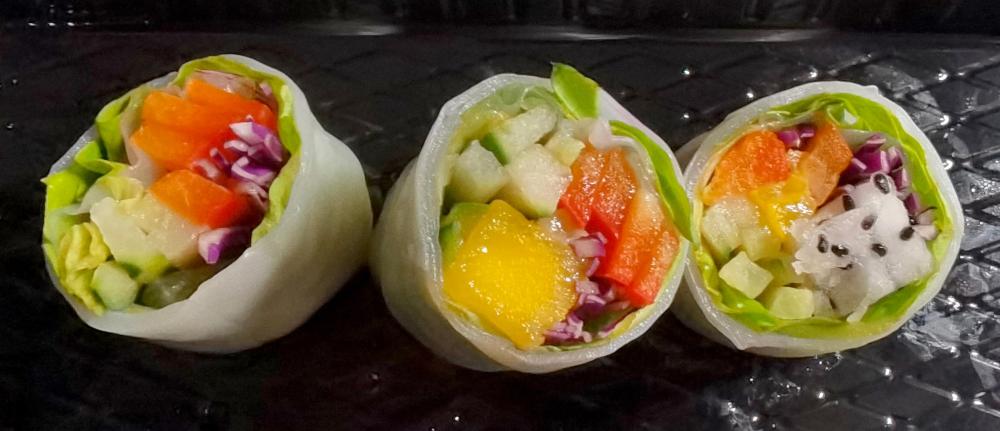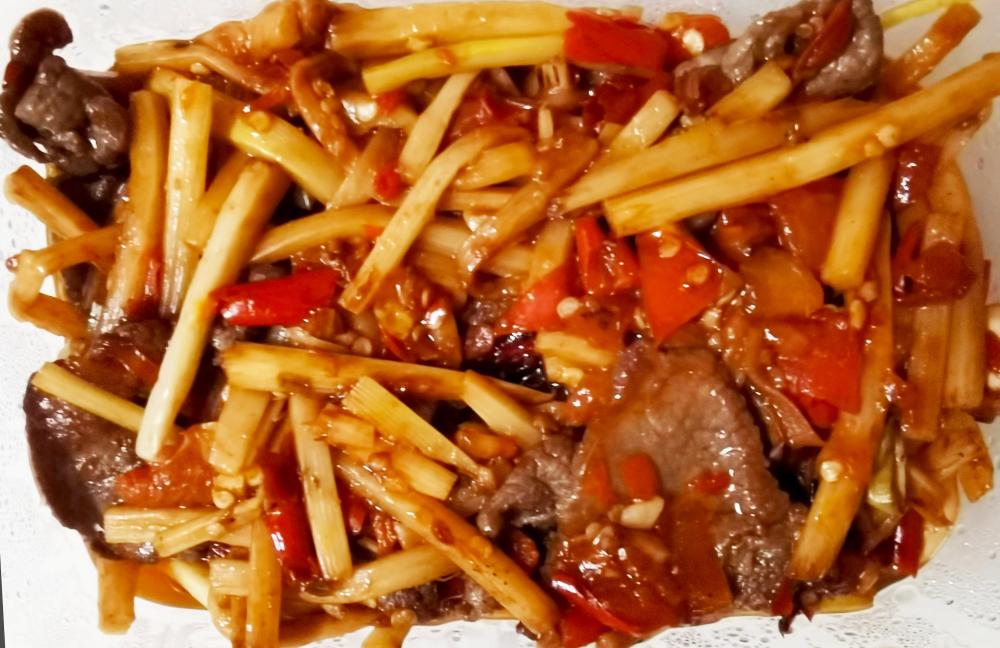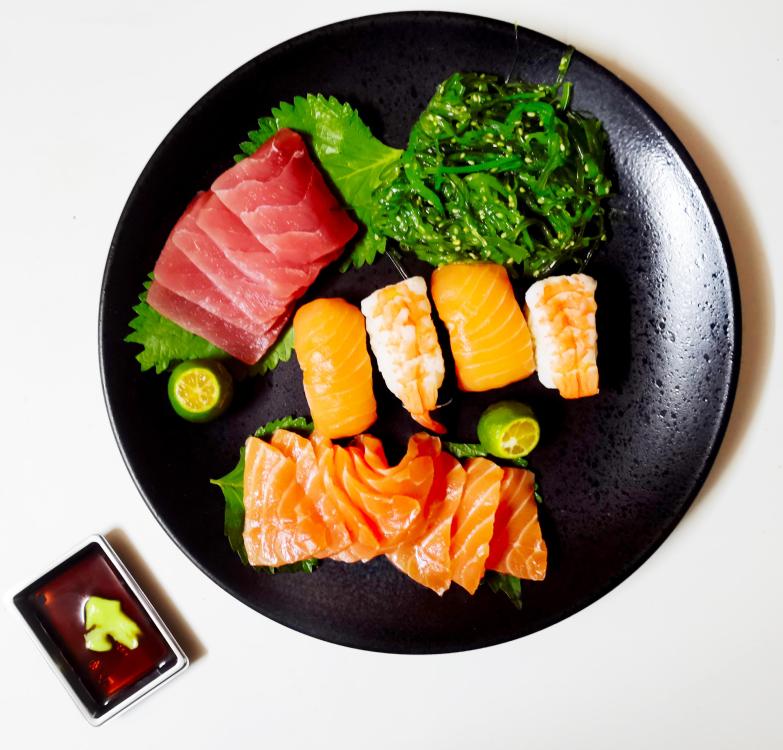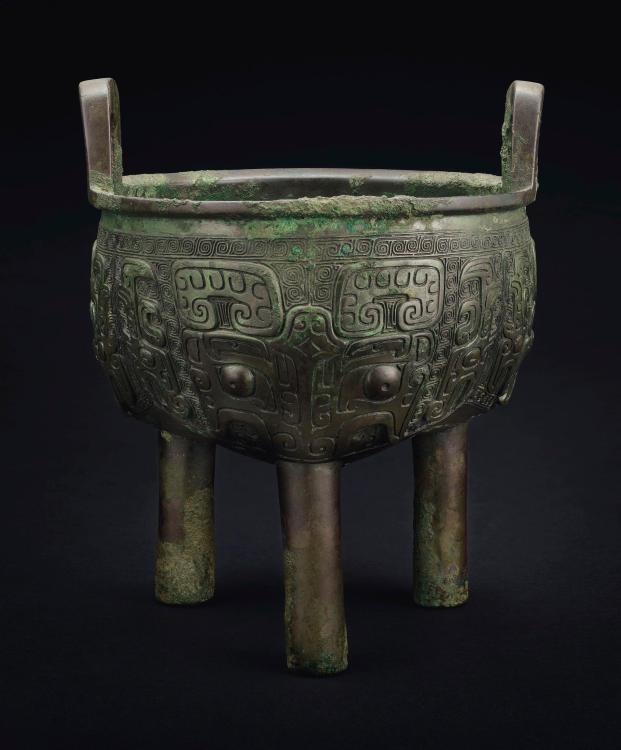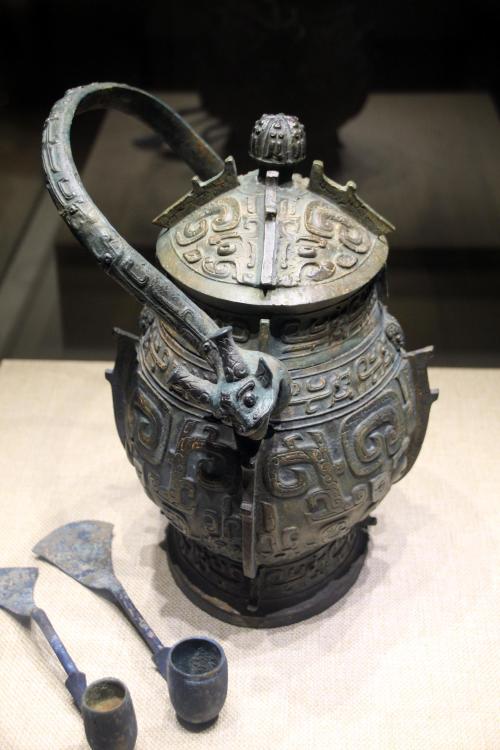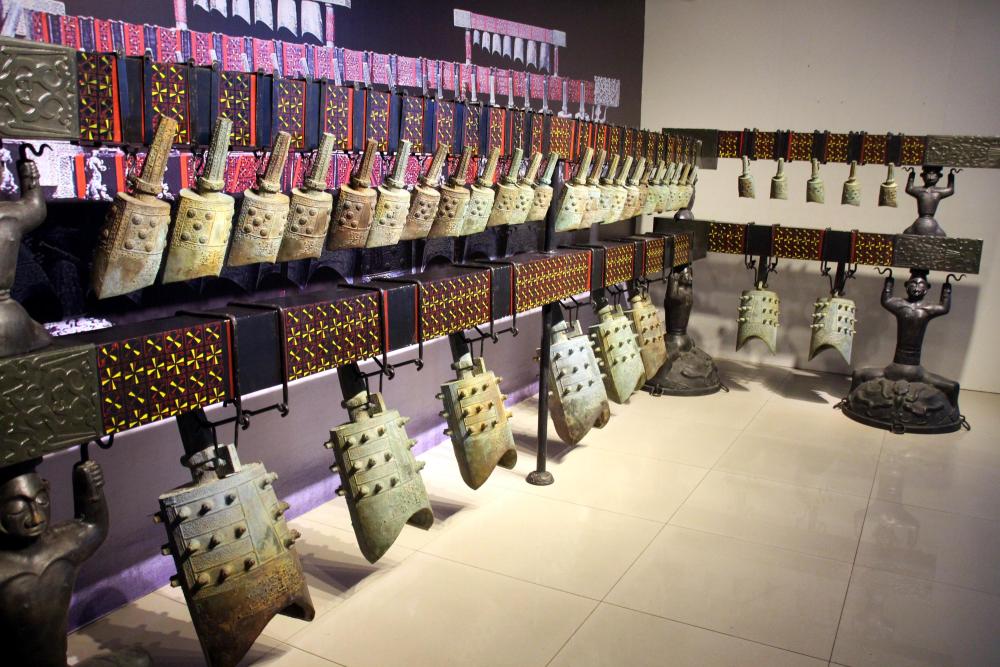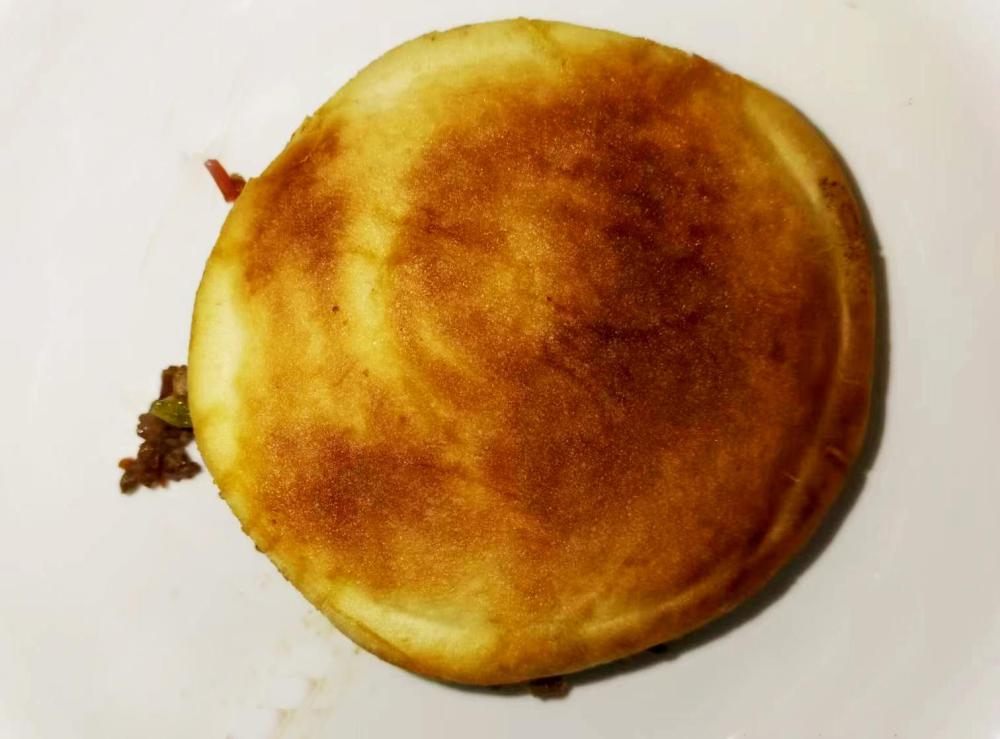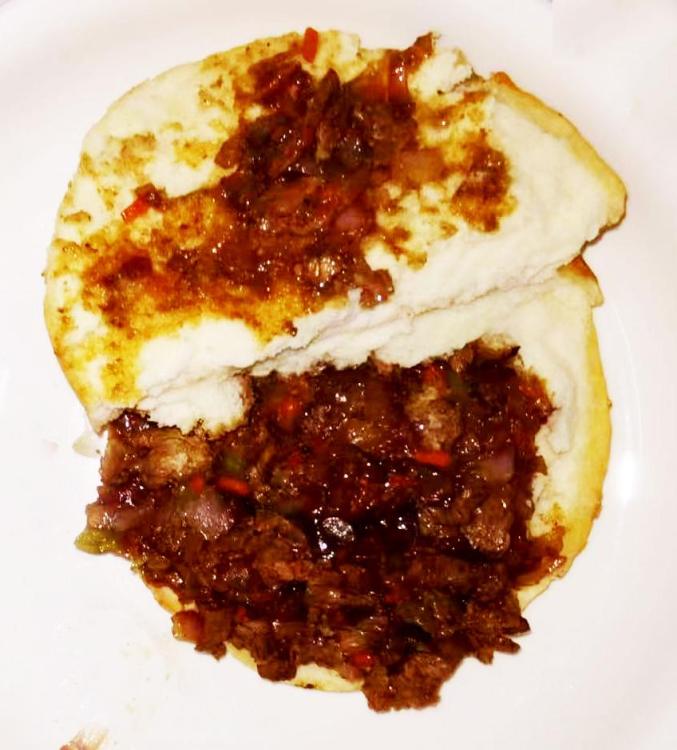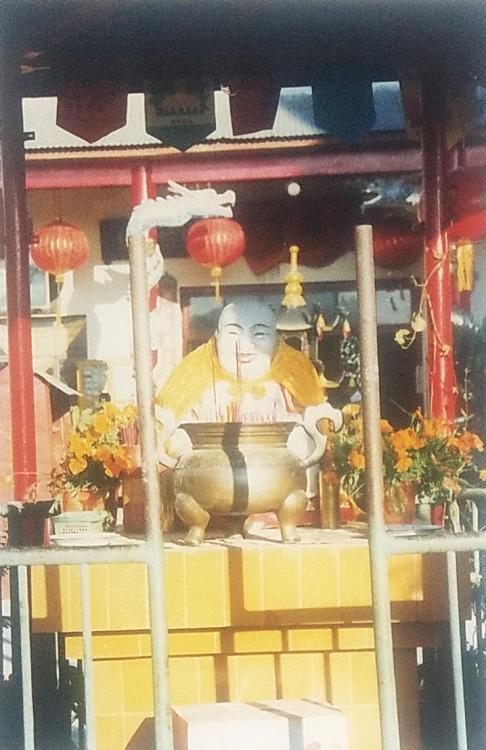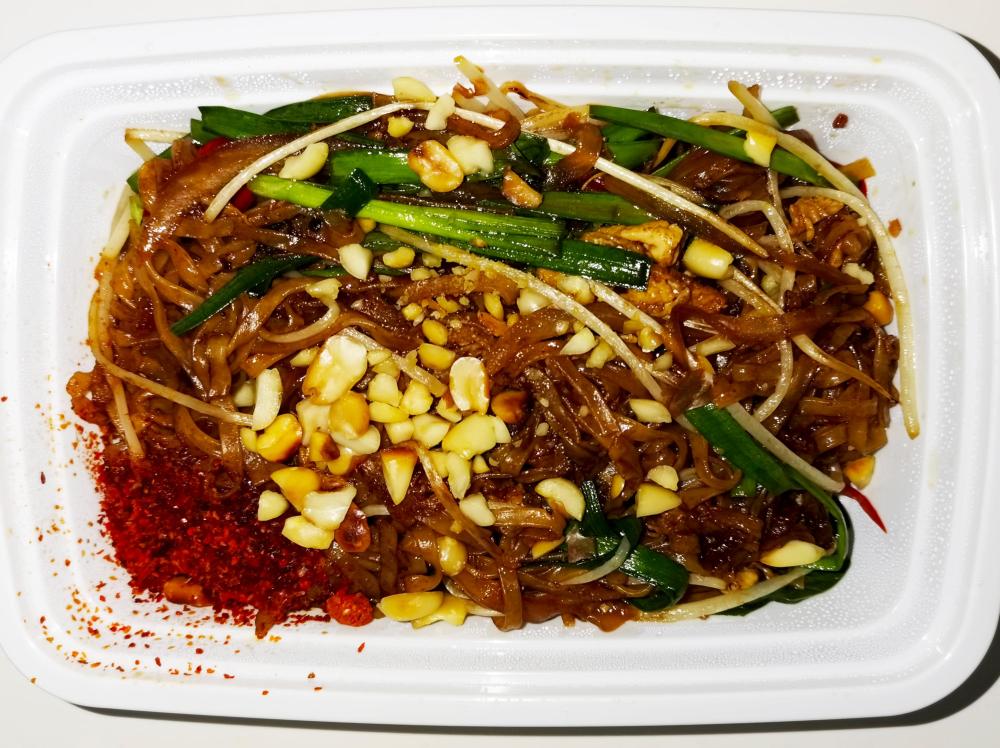-
Posts
16,751 -
Joined
-
Last visited
Content Type
Profiles
Forums
Store
Help Articles
Everything posted by liuzhou
-
Well, I've managed. I didn't neglect it but it is now totally dead. 😧 Giving up.
-
Interesting article from the Grauniad today. It is British but applies elsewhere, I think. And yes, I have eaten fly agarics. Delicious. Image © Me.
-
I don't know if this has been mentioned but the Millennium Apple Seed Bank in southern Engand holds seeds from over 38,000 different varieties of apple and that only accounts for 10% of known cultivars. 🤣
-
I've only ever seen them fresh. I agree with their desciption though.
-
No one really knows what garum tasted like exactly and, anyway, there were many different grades at wildly varying prices. That said it is likely to have been similar to Asian fish sauces.
-
Back in this post, I mentioned mustard sauce as served in American Chinese cuisine being unknown here and, in fact, never having seen such a thing. I wrote: @Tropicalseniorsaid: A couple of days ago, I was searching for something else and came across this. I had to order it, purely out of amusement. It arrived yesterday evening. I love the lame attempt to mimic Coleman's iconic packaging. The mustard inside looks like it should, but I haven't tasted it yet. Will report back.
-
I had some let over rolls which I've just eaten for breakfast. These contained watermelon, too! I woud be baffled but the Chinese do put fruit with salad vegetables quite often (and cover fruit salad in mayo - and not always the sweet Kewpie variety! Luckily, they forgot to put any strawberries in the bánh mì!
-
It reads 古仁屋小前. You should be able to Google that or even a Google translate may help athough, place names are often impossible to really translate. I would have tried myself but Google is inaccessable from China at the moment.
-
Lettuce, cucumber, red onion, red and yellow bell pepper and, bizarrely, mango and dragon fruit. All with a sweet and sour sauce dressing..
-
-
How to grow Chicken of the Woods on Logs https://www.fieldforest.net/product/chicken-of-the-woods-on-logs-instruction-sheet/instruction-sheets
-
-
I posted this before in another topic but it fits better here. Here in Chinaland, when developers are building retail units that they hope to sell, they often put up fake signs to show that they are likely to be bustling commercial centres. One got it slightly wrong, not that anyone noticed at the time. At that time, there were no legitimate Star-anythings in town. Now the burnt coffee places are everywhere. That one was eventually turned into a nail salon!
-
The teenage daughter of a an impoverished Arkansas farmer cooking during the Great Depression. Public Domain image.
-
A delivery app 'trip' to Japan, sashimi and sushi platter. (Like all the 'Japanese' resaurants in town, this place is 100% Chinese owned and staffed).
-
The Zhuang ethnic minority, most of whom live here in Guangxi Zhuang Autonomous Region, to give the full name, are famous for their bronze work, especially bronze drums and other musical instruments, which they have been making for at least 2,700 years. They did and still do make bronze wine flasks and cooking vessels, too. Some of the cooking vessels are 'Dutch ovens' in everything but name. The vessels are not used today for everyday cooking but are still used in some religious rituals and other festivals. Guangxi Provincial Museum, in the capital, Nanning has numerous examples on display as does Liuzhou Museum five minutes from my home. Here are a few pictures taken there. Musical Instrument Drum
-
牛肉夹馍 (niú ròu jiá mó) Beef Roujiamo. These were bought from a local Xi'an restaurant. Two were eaten. Looks messy, but tasted just fine.
-
er, China had these centuries before America was colonised. As early as 1100 BCE. Here's a picture of Budhha preparing lunch.
-
The 10th-Century Master Chef Who Wrote Food Poetry The Kitab al Tabikh contains both recipes and poetry. Jpbrigand/CC BY-SA 4.0
-
Tonight, I decided on trying a local Thai restaurant and went for their classic Pad Thai (ดไทย). Bizarrely, the Chinese for Pad Thai is 炒金邊粉 (chǎo jīn biān fěn), which literally means ‘Fried Phnom Penh Noodles’. They name it after the capital of a totally different country? Then the restaurant lists the main ingredients as rice noodles ✔ and then veers off to yet another country, Vietnam with phở ❎. Oh well. It was good, but I’m not convinced it was Pad Thai, a dish I’ve eaten many times in Thailand, but never in Cambodia or Vietnam!
-
There are food festivals around the world. Some have been mention in various topics, but I thought a general topic could be interesting. I'll start with this annual 'Fish Festival' held here in China. They hold what they call a 'Long Table' feast mainly comprising local fish dishes. It is also accompanied by fun and games, such as a fish catching competition in a muddy paddy field. I didn't make it this year, but have been in the past. I skipped the mud! Image as supplied to China Daily More pictures and info here, from China Daily









